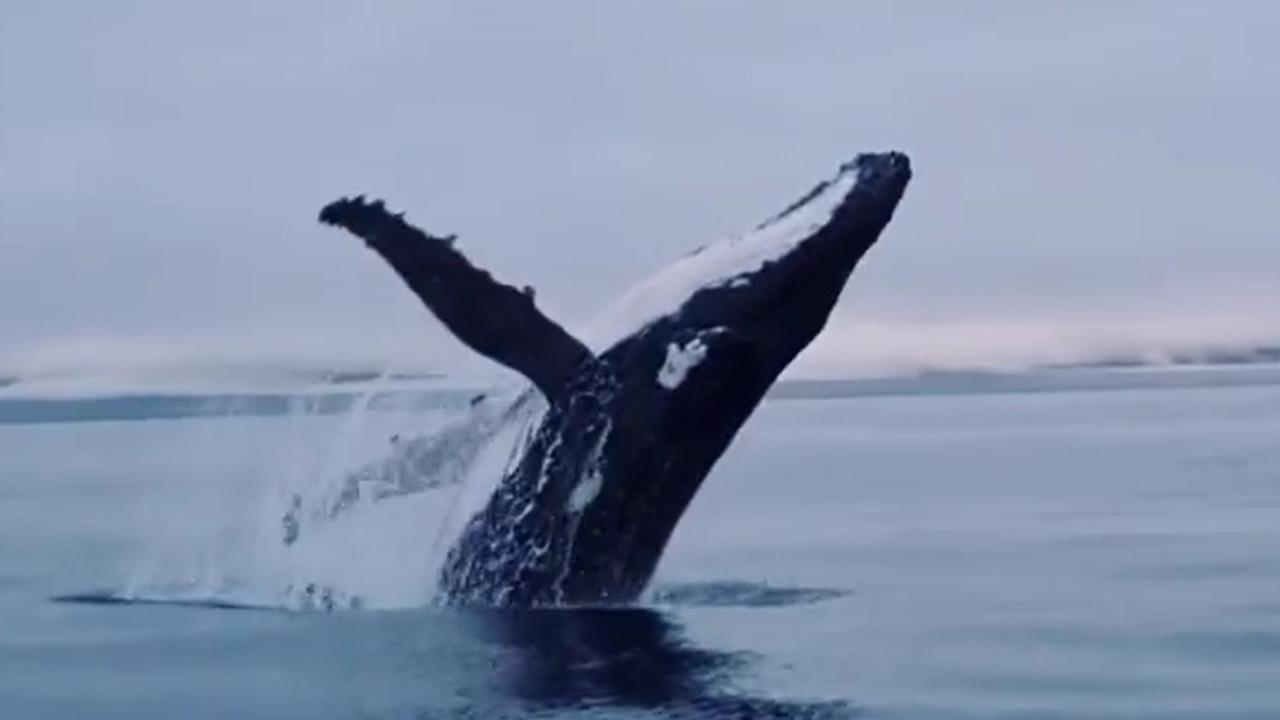Mackay Whitsunday whale watching: Best places to spot whales
Watch stunning video of a whale calf breaching in the Whitsundays, find out where to go to see these amazing giants and the dos and don’ts of whale watching.
Community News
Don't miss out on the headlines from Community News. Followed categories will be added to My News.
A whale calf learning to breach under the watchful eye of its mother thrilled onlookers as the little one jumped, frolicked and splashed in Whitsunday waters.
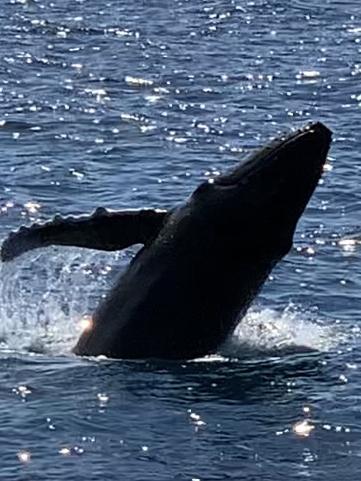
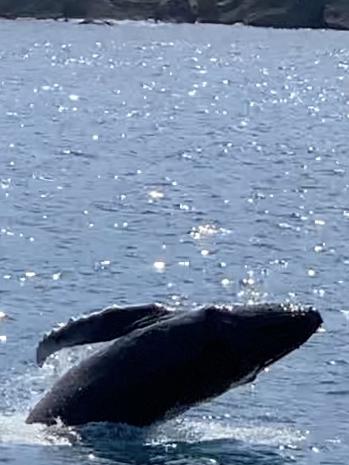
I was lucky enough to witness this incredible sight – and capture many, many videos – during a trip to Whitehaven Beach on a friend’s boat.
The skipper stopped the vessel and we simply drifted and watched, absolutely mesmerised. The pair even swam up to the boat before gliding off – the mother a giant shadow sitting below her “tiny” calf.
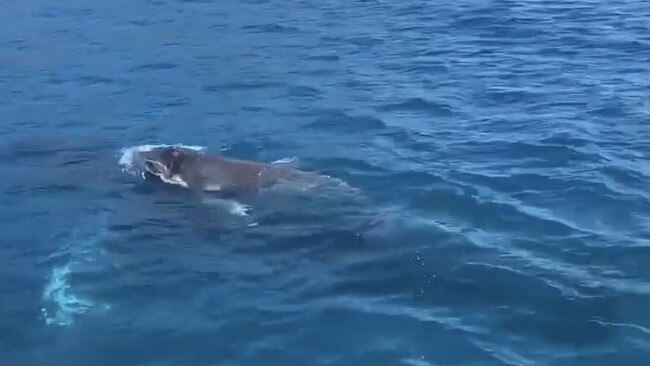
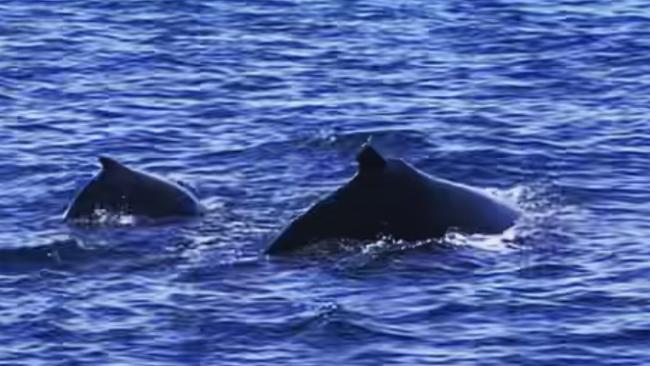
But you don’t need to be out on the water to witness mother nature at its absolute finest during their annual migration along the coast between late May and November.
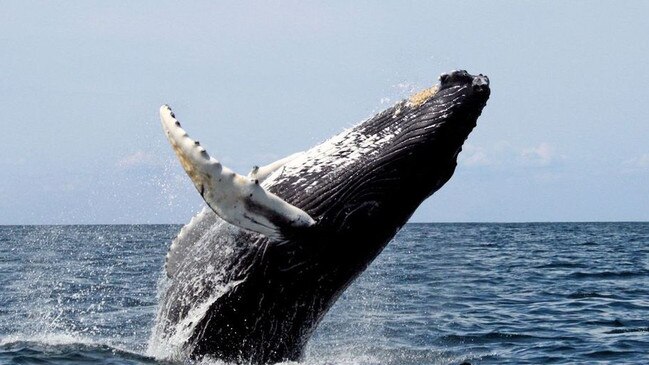
Here is a list of spots across Mackay Whitsunday where you can boat, drive or hike and watch the region’s most loved annual visitors.
Mackay
A large number of whales swim through waters around Mackay in the second half of the year.
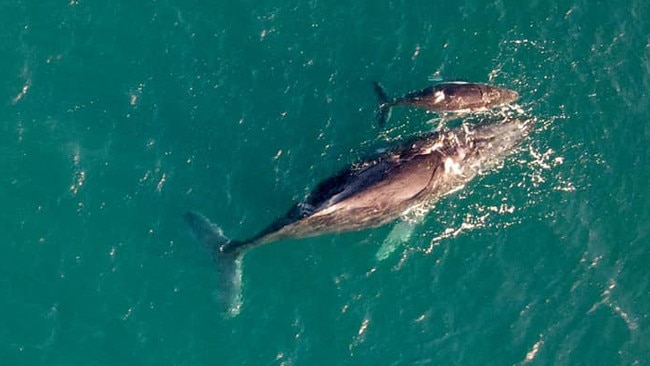
Lambert Beach lookout for the win. This purpose-built whale watching lookout at Slade Point offers incredible views out to sea where you can spot the ocean’s majestic giants, dolphins, turtles and more.
If you don’t have any luck spotting whales, then enjoy the stunning views out to sea or take in the beautiful whale mural on the Slade Point Water Tower.
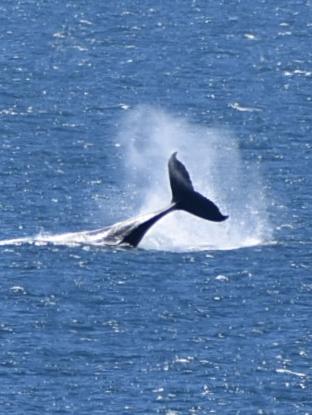
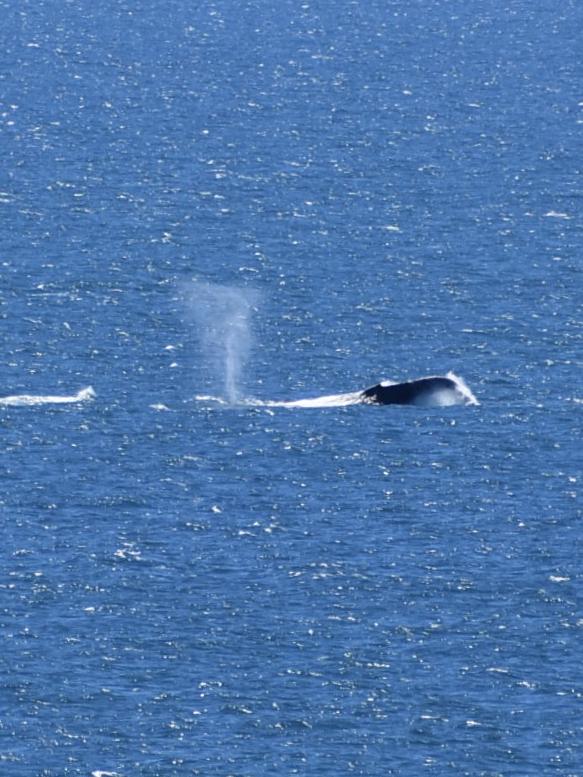
Related:
WHALE ALERT: Mother and baby humpback spotted off Mackay
Having a whale of a time off Lamberts Lookout
Eimeo Pacific Hotel is a popular spot all year round for its million dollar views. But during whale migration season, those views out to the horizon can be unparalleled. The location also offers spectacular views of Eimeo Beach, Dolphin Heads and the Southern Whitsunday Islands.
Hay Point and Campwin Beach lookouts. These spots northeast of Sarina are a great option. From Hay Point lookout, which is on Horyu Maru Drive about 40km from Mackay, you can also see one of the world’s biggest coal ports, while Campwin Beach is a great location to watch whales and marine life and is just 10 minutes drive from Sarina.

Cape Hillsborough offers a great vantage point. It is about 50km northwest of Mackay within the Cape Hillsborough National Park and there are several lookouts including the popular Andrews Point. Whether it’s views of Cape Hillsborough beach, Wedge Island, or whales and other marine life enjoying the warm Coral Sea waters, there’s plenty of reasons to add this trek to your Cape Hillsborough adventure.
Keswick Island. Although not quite as easily accessible as other whale watching vantage points, it’s well worth the boat trip. Watch from the shore, boat or kayak as returning whales and calves travel through Egremont Passage, a 100m wide gap between Keswick and St Bees Islands.

Whitsundays
The Whitsundays offers some of the most beautiful whale watching experiences as seen here when four Bowen lads were surprised when a large humpback breached right by their tinny.
The warm and shallow waters around the island offer the perfect place for whales to safely give birth to their calves, which can then be seen swimming and frolicking in the area.
The protected waters around the 74 lush tropical islands act as a breeding ground and nursery for humpback whales – but pilot whales, dolphins, porpoises, dugongs and turtles can also be seen swimming around.
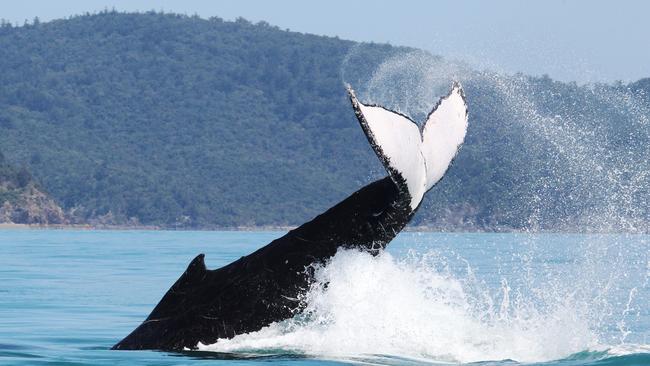
Proserpine boatie Clinton Bauer said you could see whales “anywhere” around the islands during their annual migration from Antarctica.
“This time of year, every time you go out,” he said.
In fact two of the world’s most famous whales have been spotted in the Whitsunday – Migaloo and Chalkie.
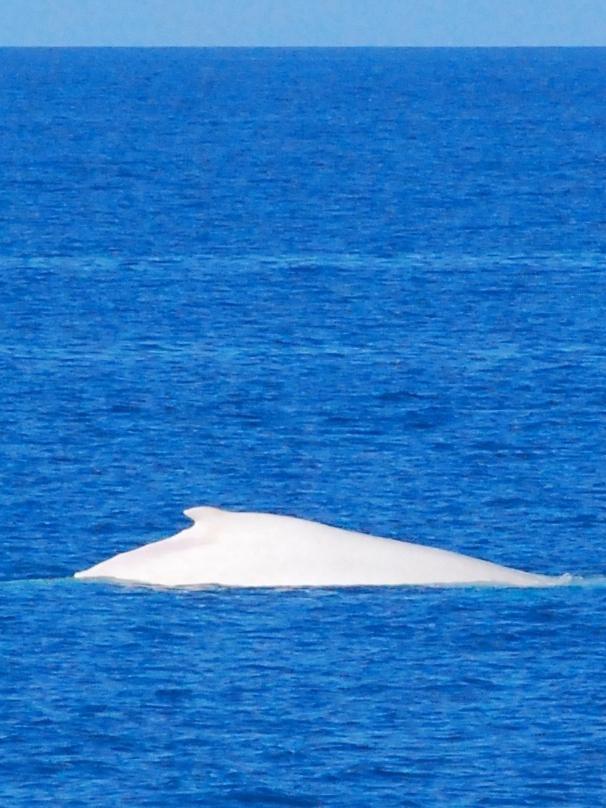

Migaloo is considered a rock star of the sea with any sighting causing a stir of excitement for whale watchers. He was first spotted in 1991 and he has previously been seen swimming around the Whitsundays. Chalkie is a white whale that was born in the Whitsundays in 2011.
Rules about whale watching
As protected species, there are strict regulations when it comes to observing these amazing creatures in the wild.
There is a caution zone that extends 300 metres from a whale and 150 metres for a dolphin where boats cannot travel at more than six knots or speeds that create a wake.
No more than three boats can be present within the caution zone of a whale or dolphin.
Within the caution zones there are no approach zones that boats cannot enter.
No-approach zones surround whales for 100 metres and extends 300 metres in front of and behind the mammal. For dolphins it is 50 metres extending to 150 metres in front and behind.
If a whale approaches a boat to within the no-approach zone, the operator must either turn off its engines, disengage its gears or withdraw at a speed of less than six knots and not create a wake.
Prohibited vessels such as jetskis, or aircraft are not allowed within 300 metres of a whale or dolphin, people in the water are not allowed to approach within 100 metres of a whale or 50 metres of a dolphin and helicopters are not allowed within 500 metres of whale or dolphin and no hovering above a marine animal.



